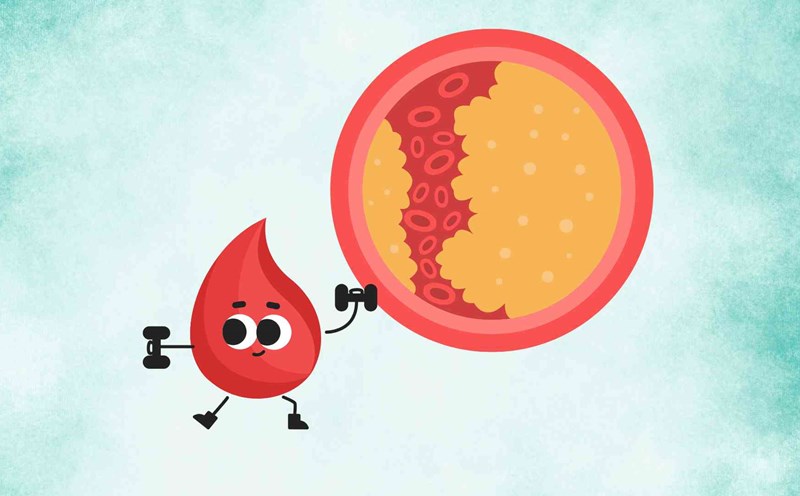According to data from the American Institute of Nutrition, 100g of skinless chicken (chicken breast) contains only about 1g of saturated fat and provides up to 31g of high-quality protein.
Adding lean protein to your diet can help stabilize blood sugar, reduce cravings and support fat metabolism effectively.
Replacing red meat with skinless chicken for 4 weeks helps reduce LDL cholesterol by about 5-6% in people at high risk of cardiovascular disease. This proves that chicken, if selected and processed properly, does not increase blood fat but also helps control lipids effectively.
Chicken skin contains high saturated fat content, with about 3-4g of saturated fat/100g of skin, contributing to increased bad cholesterol in the blood. Therefore, people with high blood fat should absolutely not eat chicken skin, especially when fried or baked.
Parts such as chicken breast, skinless chicken thighs are much better choices than chicken wings or organs that are high in fat and cholesterol.
According to the recommendations of the American Heart Association (AHA), people with high blood fat should prioritize fat-reducing processing methods such as boiling, steaming, air- basising or pan-filling with low- saturated vegetable oil (such as olive oil).
Avoid fried chicken, fried chicken or stewed chicken with fish sauce and sugar, as they increase the burden of lipid metabolism in the liver and blood.
The ideal dish can be steamed chicken breast with lemongrass ginger, fried chicken salad with olive oil, lemon and vegetables, or skinless grilled chicken with garlic and chili.
According to the World Health Organization, the total saturated fat content in the daily diet should be below 10% of total energy, equivalent to about 15-20g/day for adults.
Therefore, if you eat lean chicken ( skinless), people with high blood fat can eat about 100-150g/day, 34 meals/week, depending on the level of exercise and cardiovascular health.
A diet that focuses only on protein will not be enough to control blood fat. Combining lean protein (such as chicken) with soluble fiber from green vegetables, oats, beans can help reduce LDL cholesterol more effectively by 15%.
Eating chicken with vegetable salad, gotu kola soup, or used with oatmeal and red beans will help increase the effectiveness of blood fat control and support digestion.











